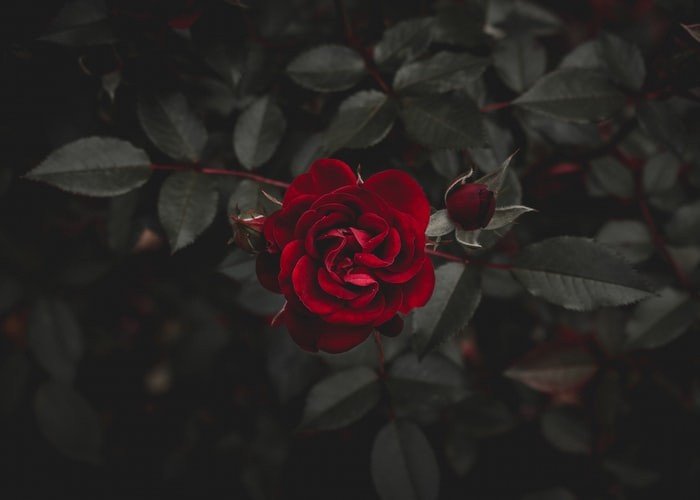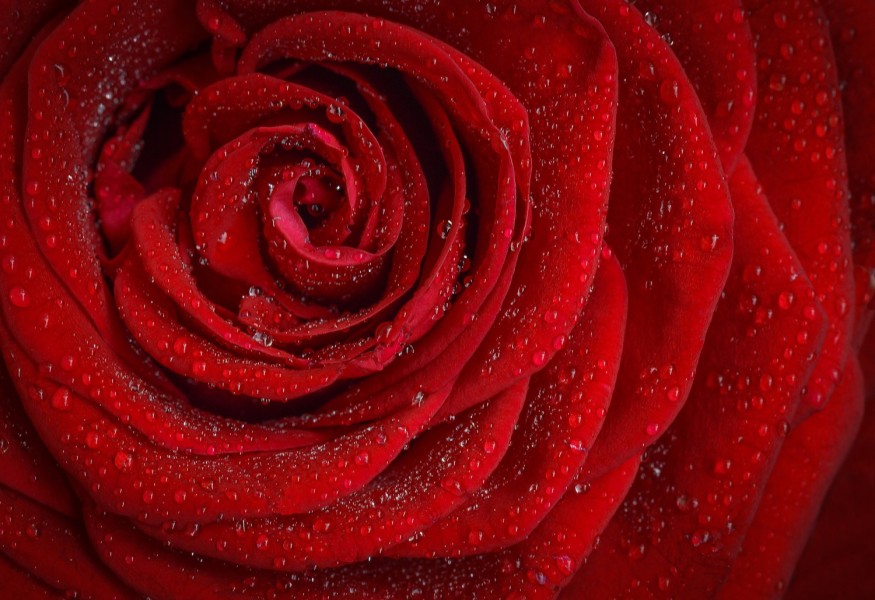Valentine's day is just around the corner, and people are now busy preparing a thing or two for their loved ones. From the grandest of gifts to the simplest of gestures, the day of love is usually the special occasion where lovers get to be extra nicer with each other.

There are different ways that people celebrate the special day that reflects their own cultures and traditions all over the world. However, aside from the heart, there is one thing that is universally recognized as the symbol of love; the rose.
So the question many people are asking is: how did the rose become the symbol of Valentine's day?
Millions of people share the flower each year on Feb. 14 to show their affection. According to the Society of American Florists, upwards of 250 million are created annually for Valentine's Day, as of 2018.
"The red rose symbolizes affection, marigold sorrow, and potato benevolence, according to the language of flowers and plants. There were other plants, though, which may mean lust, passion, intimacy, and friendship as well. Ultimately, the reason why the rose is the chosen one to stand for all that was that it could withstand a great deal only.
But, that wasn't always the case.
Related Article: Houston Zoo Sells Artwork Made by Animals for Valentine's Day!
Cultural Significance
Women's positions in society in Victorian England were constrained by traditions and norms. Learning the language of flowers, the idea that each flower has its own significance, was one practice considered domestically acceptable for them under these constraints. Mary Brooks wrote in "Silent Needles, Speaking Flowers," and for ladies, in that case, her communicative possibilities often carried an attraction that other domestic arts lacked; "there is the chance that some women sought methods of covert communication and expression."
Flower Giving Gesture
Lady Mary Wortley Montagu, the wife of an 18th century British ambassador to Turkey, is credited with the early popularization. In 1716, Lady Montagu, enthralled by a Turkish edition of the flower language, wrote a collection of letters home to England. To send hidden love letters, she described the Turkish tradition to assign significance to objects.
"There is no color, no flower, no weed, no fruit, herb, pebble, or feather that does not have a verse that belongs to it: and you may quarrel, reproach, or send letters of passion, friendship, or civility, or even of news, without ever inking your fingers," she wrote. Montagu's letters, written in 1763, wrote of her perceptions of this method.
Misinterpretation
But the Lady was actually incorrect in her interpretation.
In spite of the confusion of Montagu, word of the concept spread like wildfire. Langage des fleurs, Charlotte de Latour's dictionary of the language of flowers, was published in France in 1819, a century after Montagu's discovery. According to The Culture of Flowers by Jack Goody, nine editions of the book's English version, which alphabetically described each flower, were printed within three decades of its publication. The most famous flowers we purchase, sell, and offer today were protected by the Language of Flowers translated by De Latour, from the value of the mistletoe during Christmas to the symbolization of "capricious beauty" by the musk rose.
Rose in Demand

Suppliers had to produce, pack, and transport flowers from places like Columbia, Ecuador, Kenya, and other African or South American countries after the industrial revolution and Valentine's Day's commercialization. The rose can survive all this torment while maintaining its distinctive look. So the simple rose has nothing to do with those romantic feelings that you have for that special person and more to do with how simple it is to farm, ship and pack. Just romantic.
ALSO READ: $5 Valentine's Present: Name A Cockroach After Your Ex and Let it Be Eaten by Animals
For similar news, don't forget to follow Nature World News!
© 2025 NatureWorldNews.com All rights reserved. Do not reproduce without permission.





